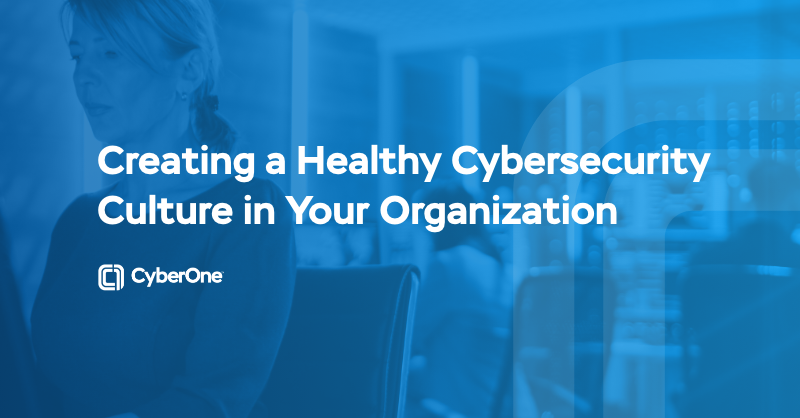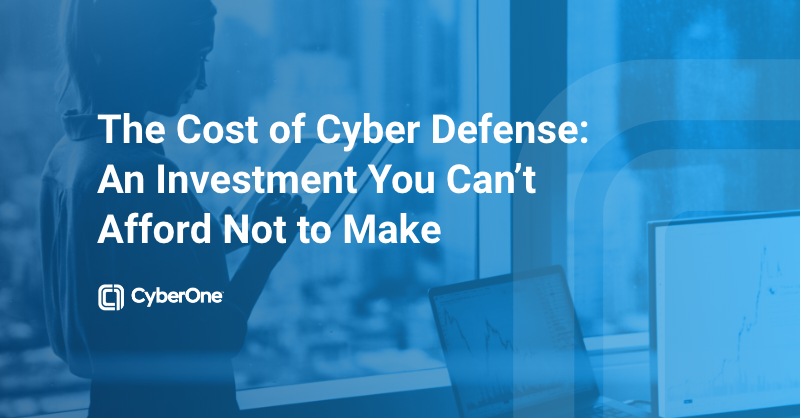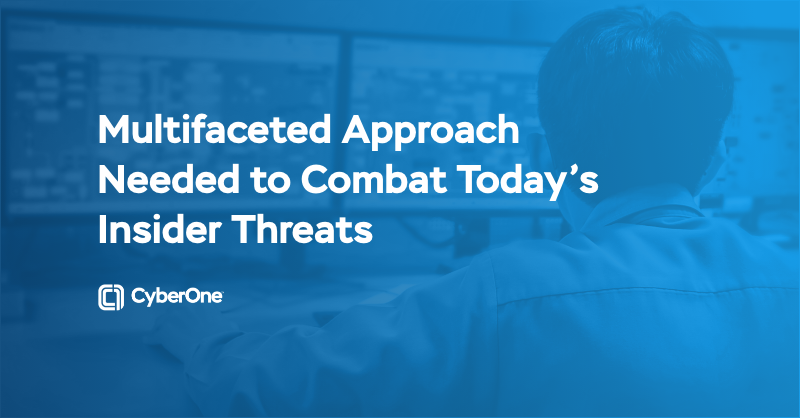In today’s digital age, cybersecurity is no longer just an IT issue, it’s a critical business risk that can impact every aspect of an organization. This is even more true with the rise of artificial intelligence (AI). That’s why it’s more crucial than ever for Chief Information Security Officers (CISOs) to have a seat at the boardroom table.
Here’s why:
- Cybersecurity is a strategic imperative. Cyber threats are constantly evolving and becoming more sophisticated, especially with the advent of AI-powered attacks. CISOs bring unique expertise in identifying, assessing, and mitigating these risks. Their strategic input is essential for making informed business decisions that protect the organization’s assets, reputation, and bottom line.
- AI security demands specialized knowledge. AI introduces a new layer of complexity to cybersecurity. CISOs must understand the unique vulnerabilities of AI systems, including data poisoning, adversarial attacks, and model theft. They need to develop and implement security strategies to protect these systems and the data they process.
- A direct line to the top. Having a CISO in the boardroom ensures that cybersecurity concerns, including those related to AI, are heard directly by the top decision-makers. This direct communication eliminates the potential for critical information to get lost in translation and allows for faster response times to emerging threats.
- Bridging the gap between technology and business. CISOs can effectively translate complex technical issues, including AI security challenges, into business-relevant terms. This helps the board understand the potential impact of cyber risks on operations, finances, and brand reputation, enabling them to make more informed decisions.
- Proactive risk management. CISOs champion a proactive approach to cybersecurity, moving beyond reactive measures to anticipate and prevent threats, including those posed by AI. Their presence in the boardroom ensures that risk management strategies are aligned with overall business objectives.
- Building a culture of security. With a CISO at the board level, cybersecurity becomes embedded in the organization’s culture. This fosters a sense of shared responsibility for security across all departments, leading to a stronger overall security posture, especially important with the rise of AI where every employee interacts with AI-powered tools.
- Increased accountability. A CISO’s presence in the boardroom increases accountability for cybersecurity at the highest level. This ensures that cybersecurity is given the priority it deserves and that adequate resources are allocated to protect the organization from traditional and AI-driven threats.
The Bottom Line
In a world where cyberattacks are becoming increasingly common and costly, AI is both a powerful tool and a potential threat. As such, organizations can’t afford to treat cybersecurity as an afterthought. Giving CISOs a seat at the boardroom table is not just a good idea, it’s a necessary step to ensure the long-term success and resilience of any organization.
Author: The Sensei of AI Governance and Risk Management
James K. Sayles, Sr, Director of Advisory Services, AI and Cybersecurity
Certified Chief Information Security Officer (CCISO), Certified AI Professional, CIA, CISA, CCIE, CCAE, CCISP, CRISC, CIPP, CFE, CISM
James Sayles is a distinguished senior leader with over 25 years of expertise in strategic cybersecurity and intelligent automation across financial services, healthcare, technology, energy, and oil and gas sectors. He has worked with prominent organizations, including Deloitte, Microsoft, IBM, Capgemini, and the Royal Dutch Shell Group of Companies. His executive experience covers cybersecurity, AI strategy, AI governance and model risk management, and eGRC strategy. Mr. Sayles has held pivotal roles such as Chief Information Security Officer, AI Governance Officer, Chief Risk and Compliance Officer, Chief Audit Executive, eGRC Strategist, and Advisor to corporate boards. An entrepreneur at heart, he drives innovation through ethical and secure AI systems.
Recognized as a thought leader and Fellow in his field, he is dedicated to helping organizations achieve long-term, sustainable success from the server room to the boardroom.







 While a technically oriented Chief Information Security Officer (CISO) excels at understanding the intricate details of cybersecurity systems and vulnerabilities, a business-minded CISO brings a broader perspective. They can effectively communicate cybersecurity risks in terms of business impact, aligning security initiatives with overall organizational goals. This ensures that cybersecurity investments are not just seen as cost centers but as strategic enablers for growth and resilience. In contrast, a purely technical CISO might struggle to translate technical jargon into actionable business insights, potentially leading to misalignment between security and business objectives. As cyber threats become increasingly sophisticated, particularly with the rise of artificial intelligence (AI), the value of having a CISO in the boardroom is undeniable.
While a technically oriented Chief Information Security Officer (CISO) excels at understanding the intricate details of cybersecurity systems and vulnerabilities, a business-minded CISO brings a broader perspective. They can effectively communicate cybersecurity risks in terms of business impact, aligning security initiatives with overall organizational goals. This ensures that cybersecurity investments are not just seen as cost centers but as strategic enablers for growth and resilience. In contrast, a purely technical CISO might struggle to translate technical jargon into actionable business insights, potentially leading to misalignment between security and business objectives. As cyber threats become increasingly sophisticated, particularly with the rise of artificial intelligence (AI), the value of having a CISO in the boardroom is undeniable.






